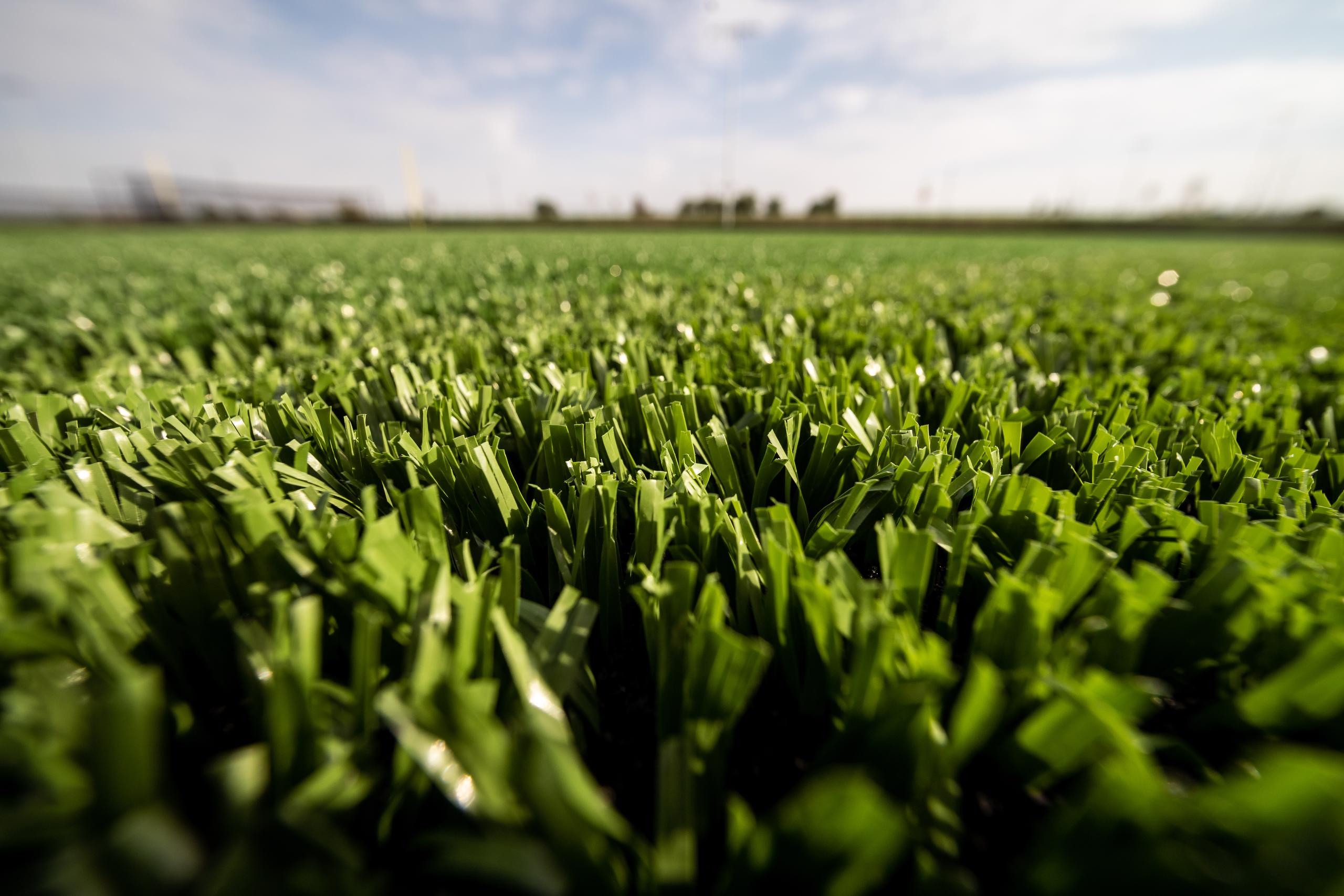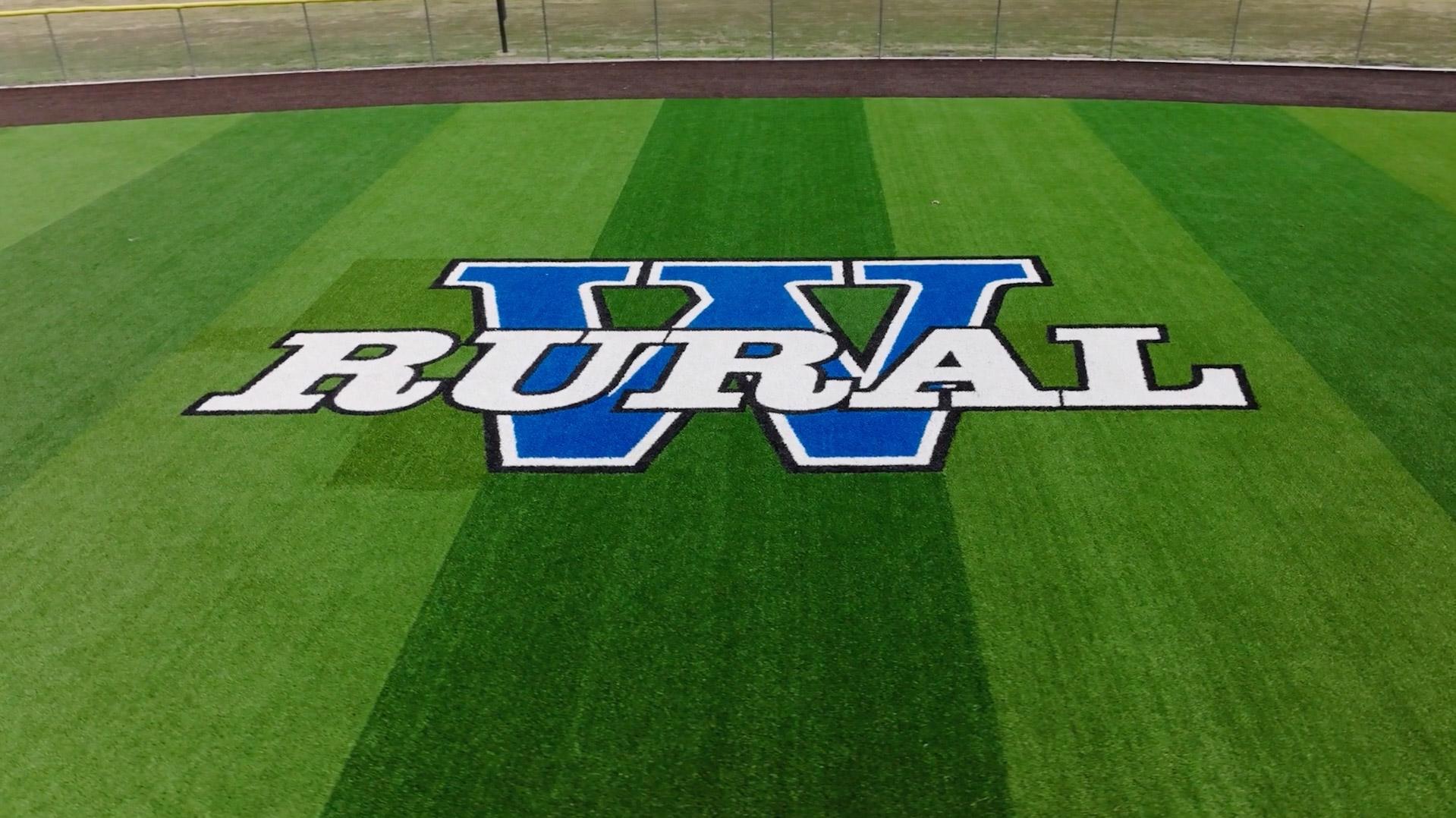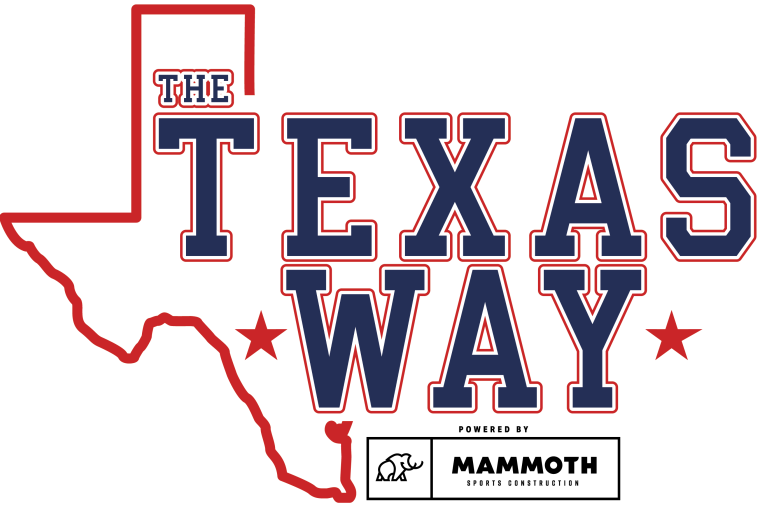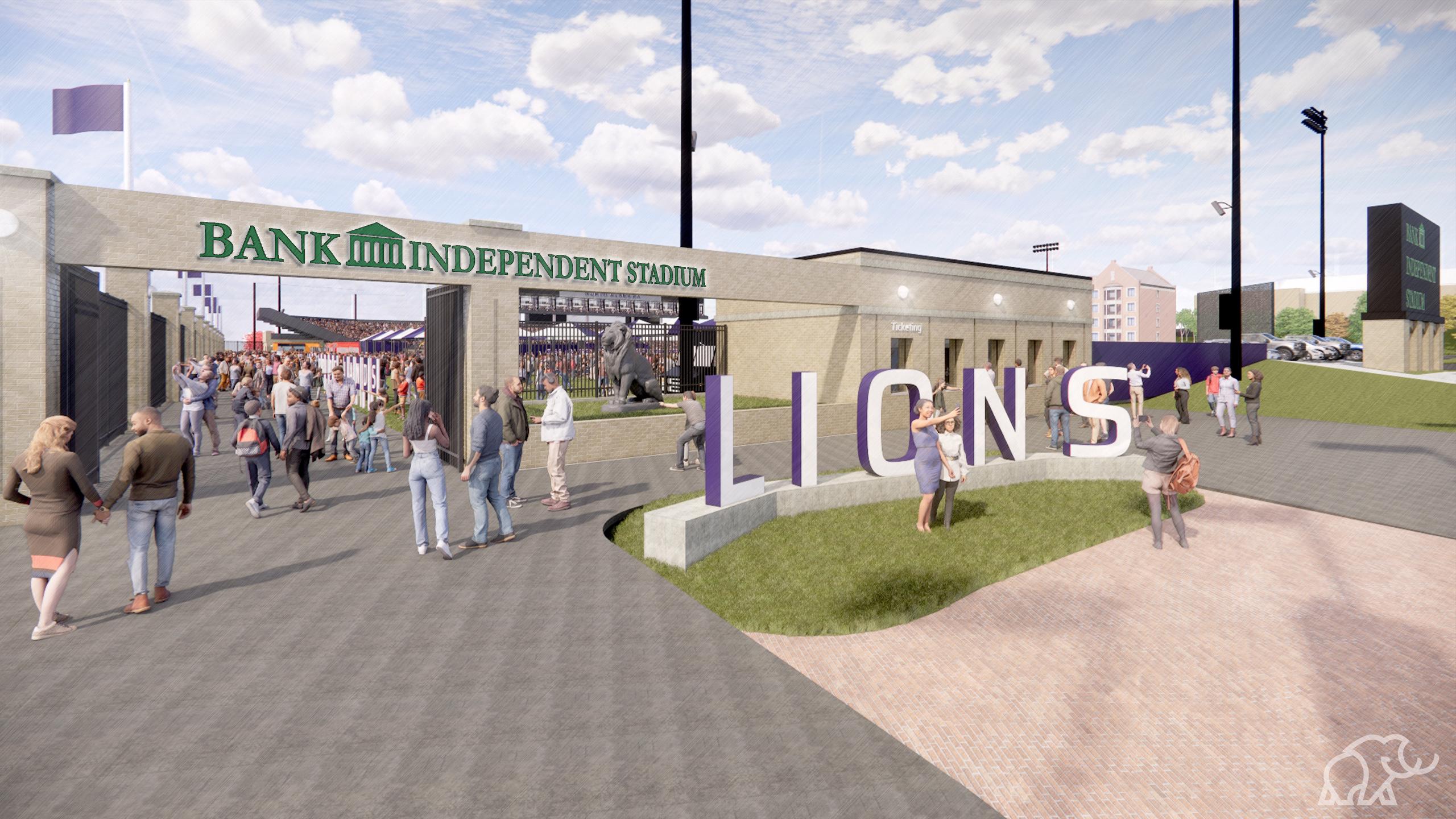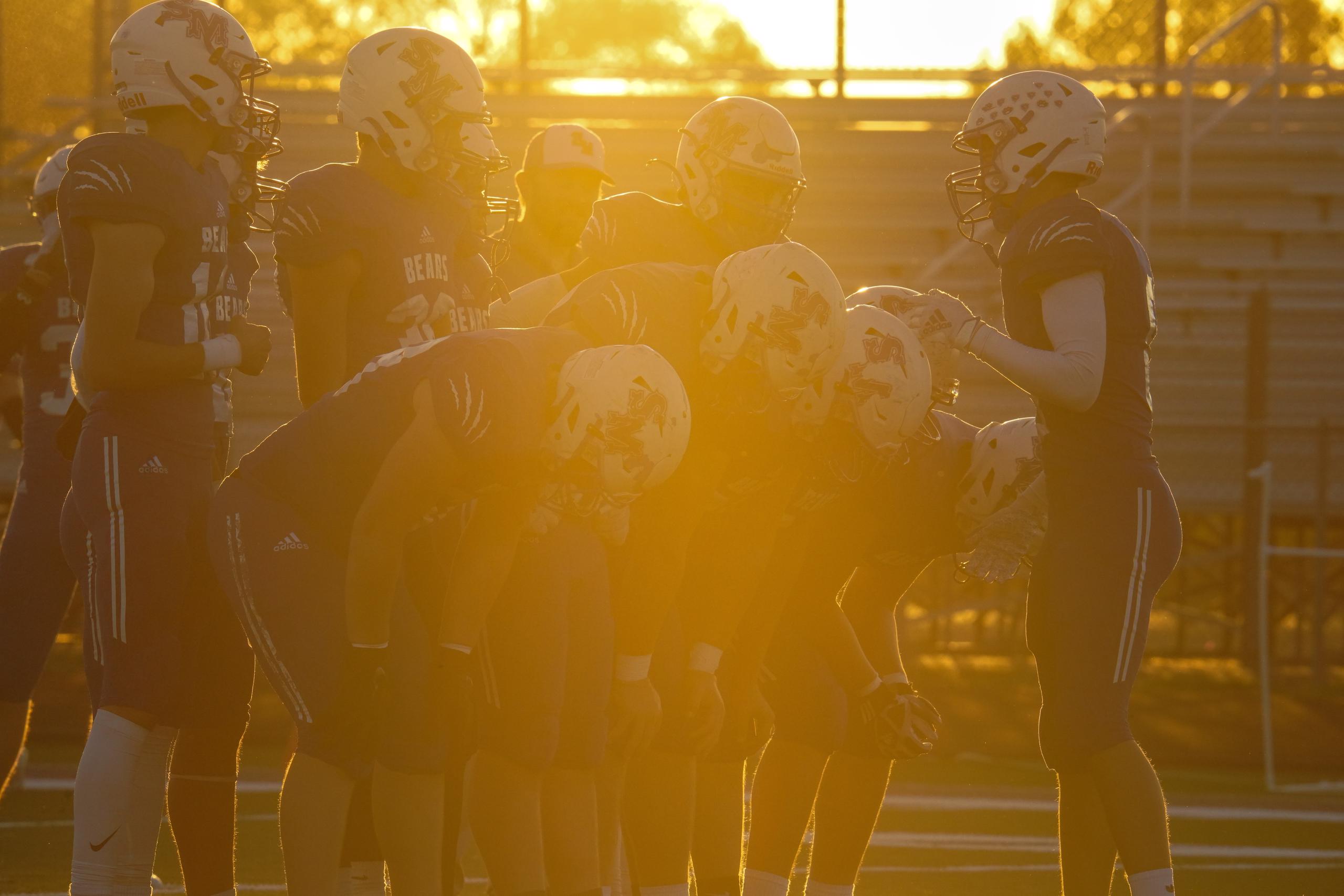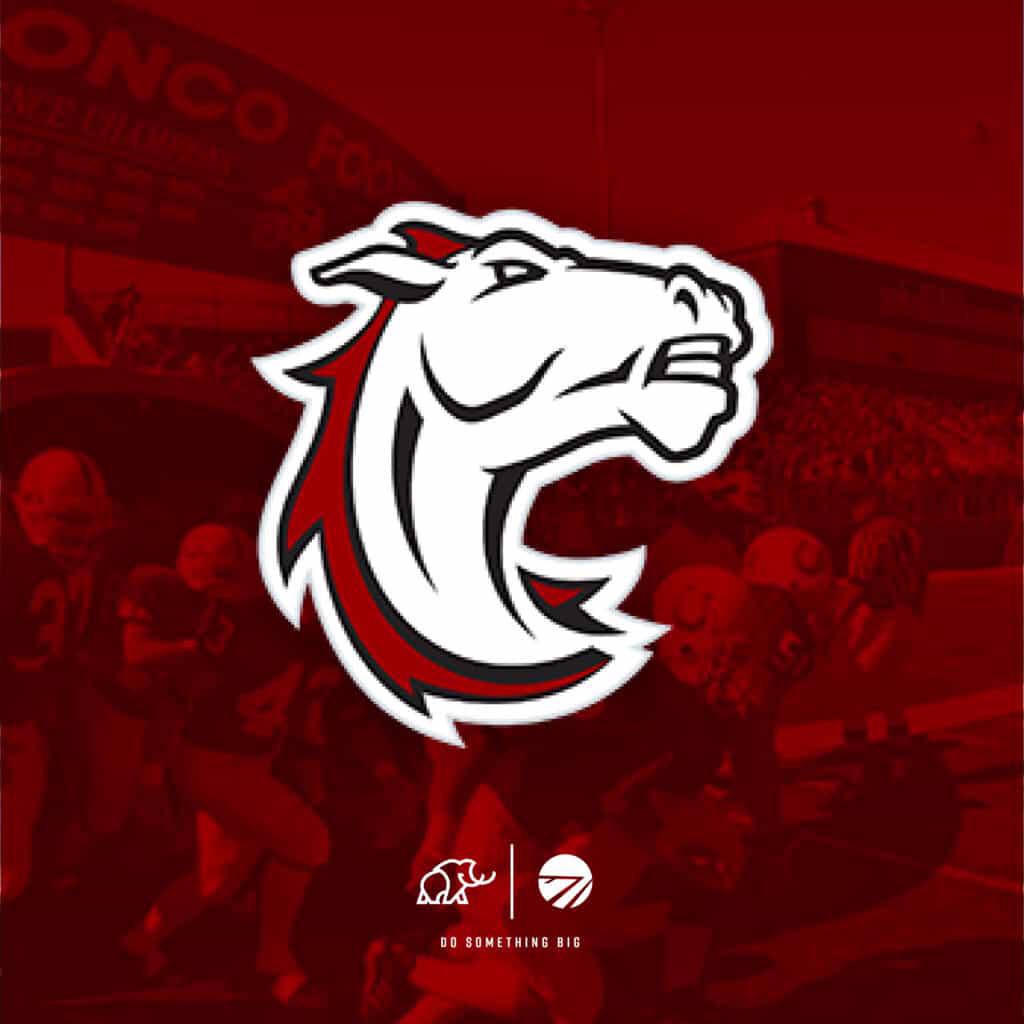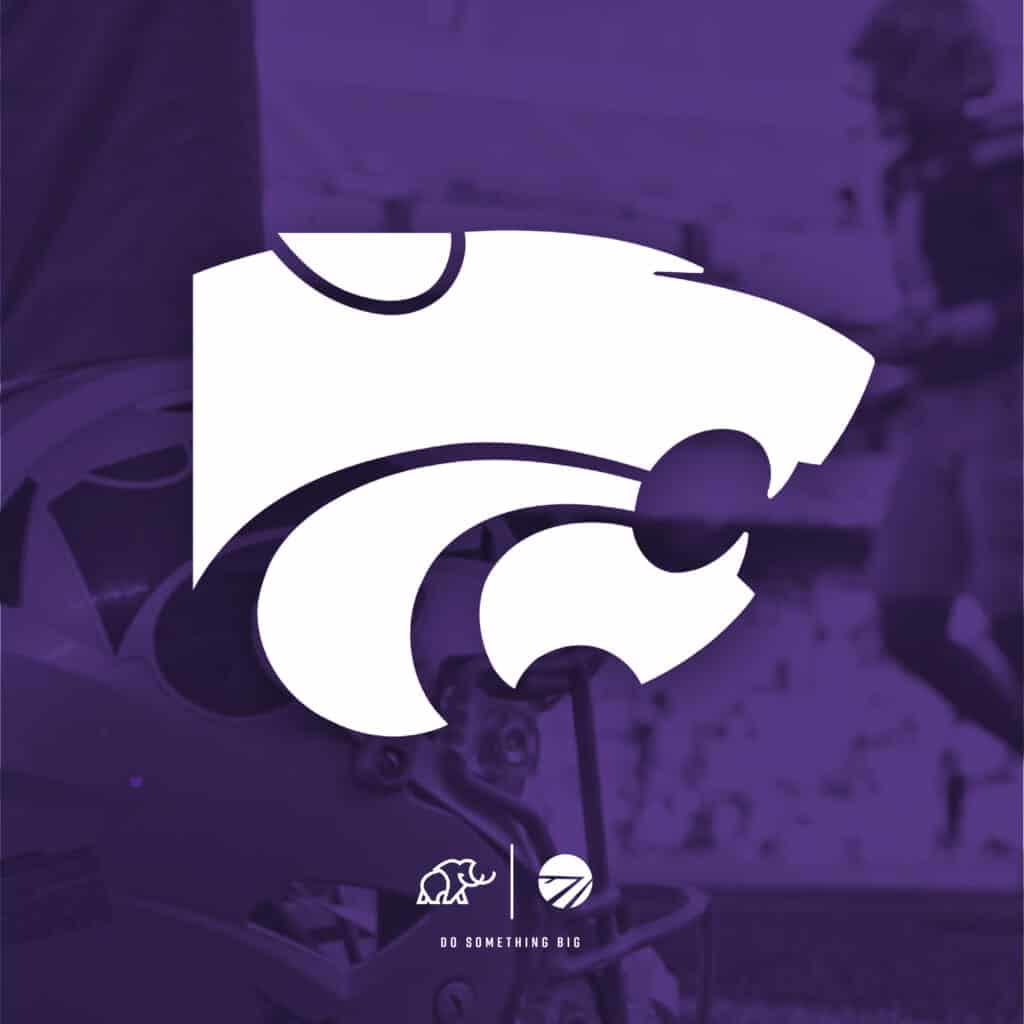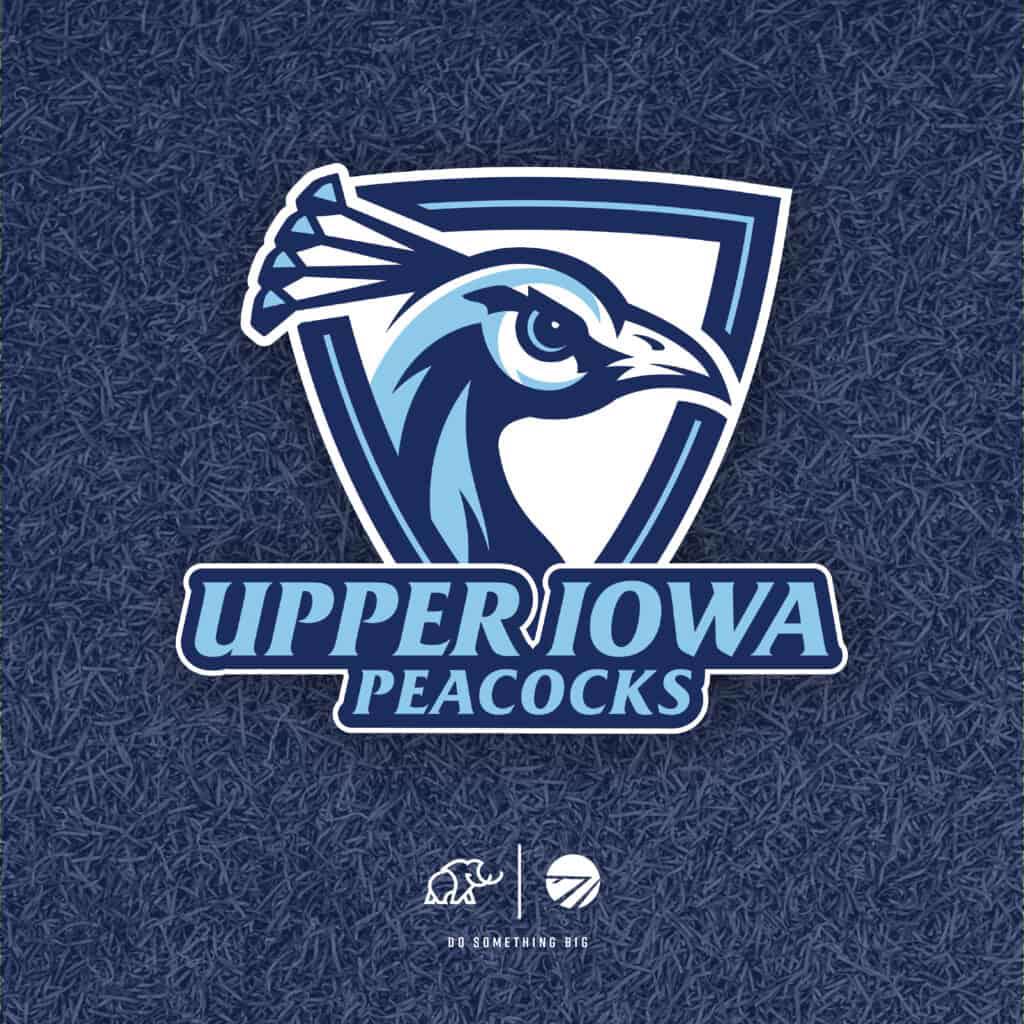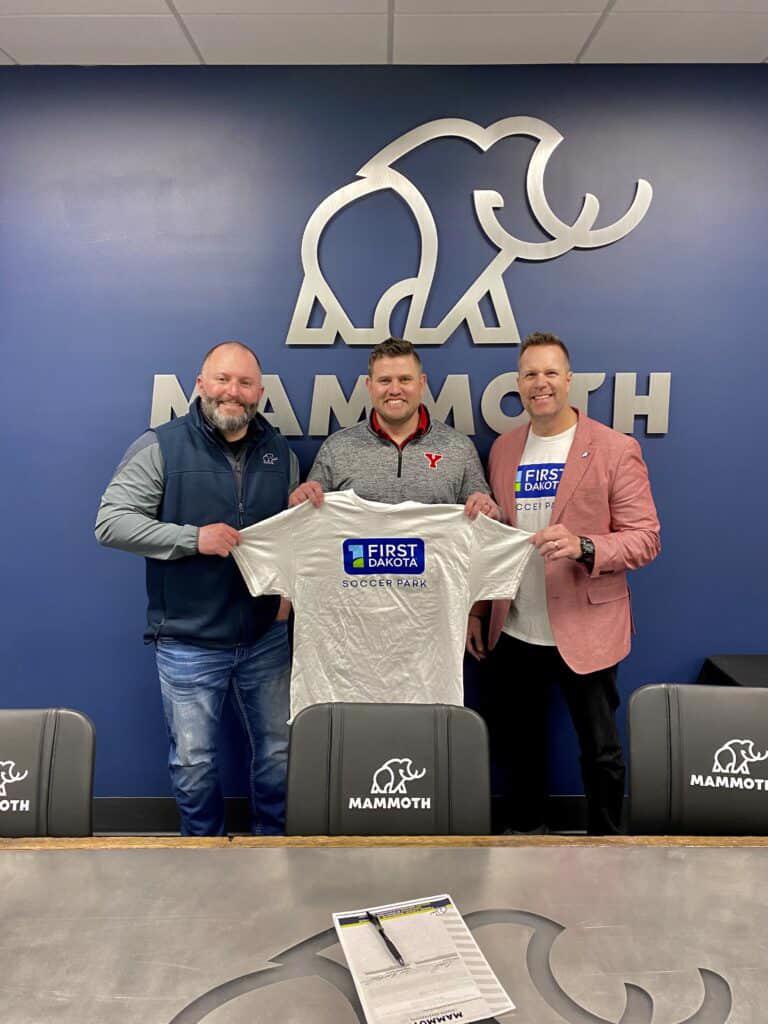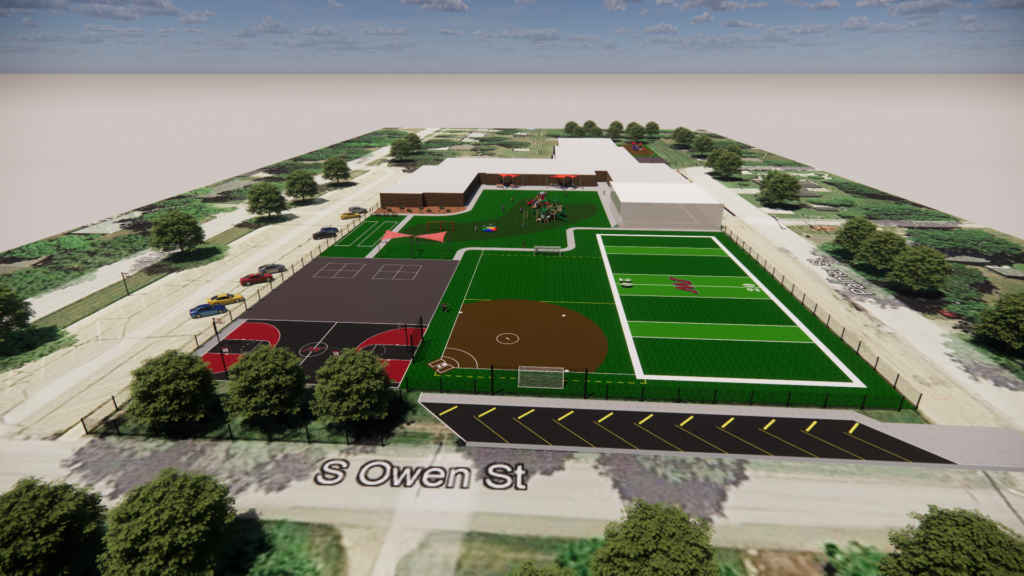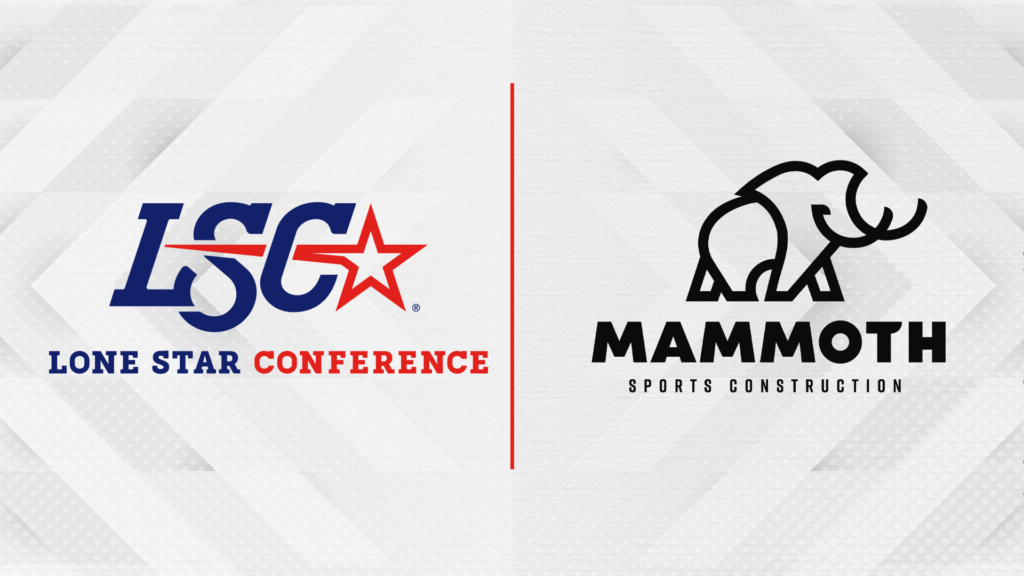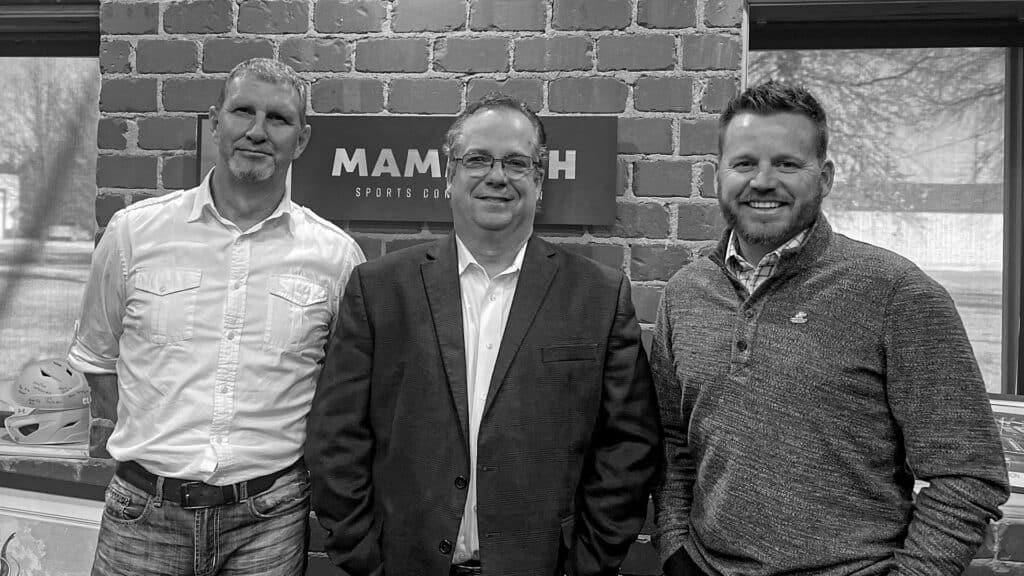November 02, 2023
Teams find competitive edge through design
The days of copycat stadiums and cookie-cutter sports experiences are over.
Architectural design is giving sports organizations a new competitive edge. Forward thinking institutions can’t afford to forego these advantages.
Inspired by Briar Cliff's Charger mascot, stadium designrenderings incorporate lightning from the mane of the Charger.
Trend 1: Uniqueness Is Strength
Tucked away in Sioux City, Iowa, Briar Cliff University has a unique story.
As a private, liberal arts Catholic institution of the Franciscan order, the university has deep ties to Assisi, Italy.
The name Briar Cliff came from the campus location at the edge of a 175-foot cliff. The school mascot, Bolt the Charger, represents the vibrant and electric spirit of the student body.
All three unique elements were leveraged as unexpected yet purposeful combinations in a recent stadium design for the university.
The lightning was extracted from the mane of the Charger and incorporated as branded design elements that instill school pride.
The rugged topography of Assisi was inspiration for the integration of the football stadium into the natural landscape.
Assisi, Italy is an important part of Briar Cliff's Franciscan Catholic identity. That inspired use of the topography around the Charger's field to incorporate seating into the landscape.
The stadium renderings are designed to build an unforgettable experience fans love. That’s vital for organizations that need to capture attention in the age of distractibility.
Trend 2: Lure Fans Off The Couch
In an era of high-definition home entertainment, getting fans to the stadium is a challenge.
But by offering experiences exclusive to your home turf, you gain a distinct edge. Think gourmet concessions, diverse viewing options, and a dynamic atmosphere that plunges fans into the heart of your community's narrative, history, and essence.
Briar Cliff's design renderings include a variety of amenities and seating options to attract fans to the stadium experience.
Stadiums are prioritizing excellence over excess.
Reduced capacities are making way for seating variety; from chairbacks and suites to premium decks. The Briar Cliff design offers four different types of seating at varying pricepoints. Stadiums should afford every fan the options to find their perfect perch to watch the action.
Trend 3: Playability Meets Durability Meets Versatility
Natural grass fields--a staple of our childhood--have gone the way of the GI Joe action figures. The advantage of synthetic turf is more than longevity. The value of playability is evident when multiple teams call the same field home--soccer, baseball, lacrosse, football.
The Oasis Sports Complex in Marion, Illinois plays into this trend with an innovative field layout, which uses parts of four baseball fields to form two soccer fields in the middle.
That means more options for teams and more revenue potential.
Trend 4: Athlete Development: Beyond Physical Fitness
Sports medicine no longer stands alone.
Artificial turf has significant advantages for colleges and universities because of durability with high usage, reduced maintenance, and playability no matter the weather.
Facilities are evolving into comprehensive sanctuaries for the well-being of the athletes who play there. Stadiums are incorporating expanded access to clinical research, mental health care, and athletic recovery. MRI machines and research labs sit side by side with training facilities, allowing athletes to bypass the hospital entirely.
Two prime examples: the Northwestern Lakefront Athletic Facility's seamless integration of clinical elements and the Atlanta Hawks' collaboration with Emory Health and athletic data and analytics company P3 for groundbreaking research. They are the direction the future of athlete health care is going.
Secure legendary status for your home field by thinking beyond the conventional and incorporating smart space usage. Get creative using what makes your school unique and transform your facility into an iconic landmark that will leave a lasting impression on your fans and athletes.

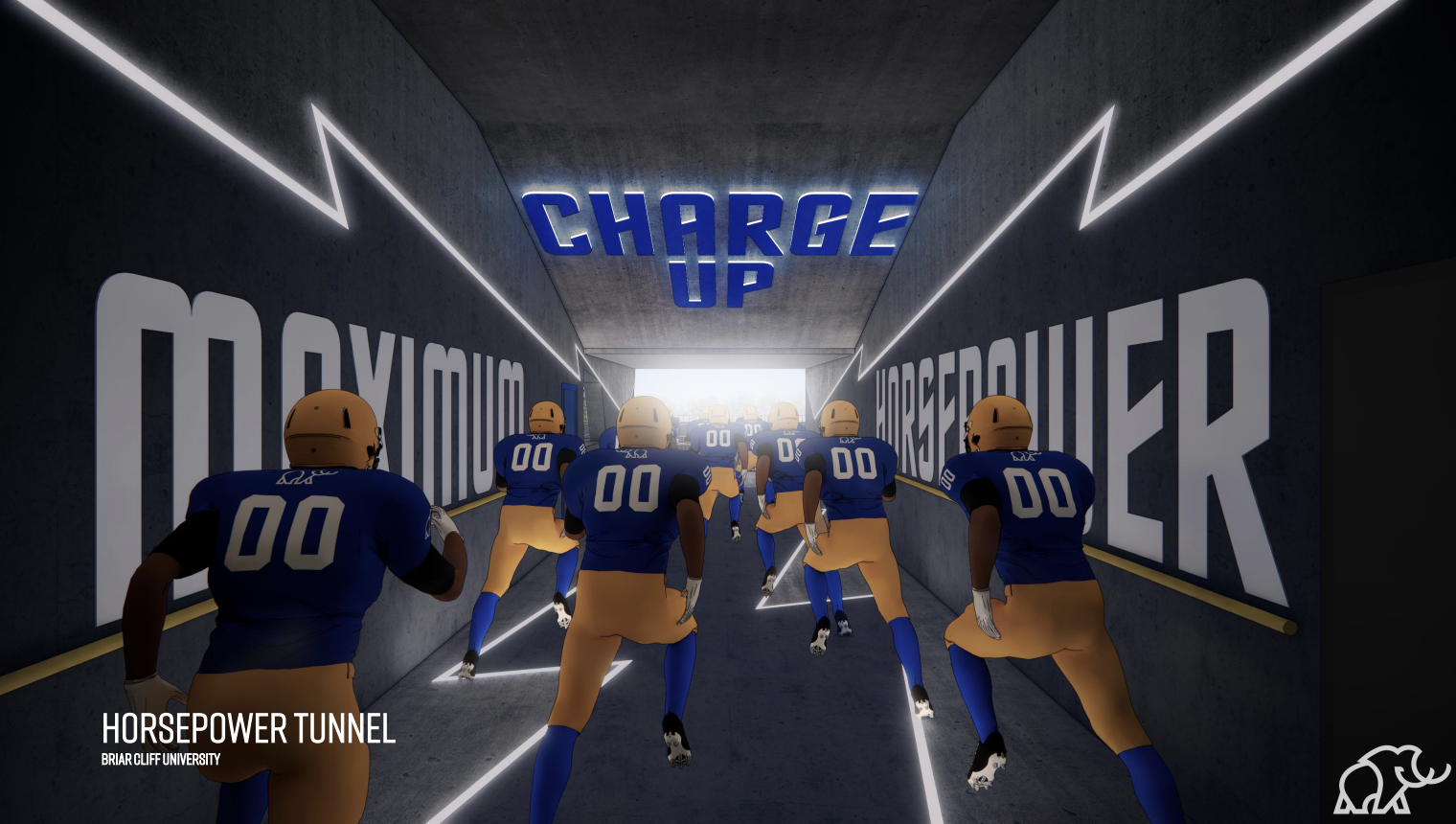 The Horsepower Tunnel design rendering for Briar Cliff University
The Horsepower Tunnel design rendering for Briar Cliff University
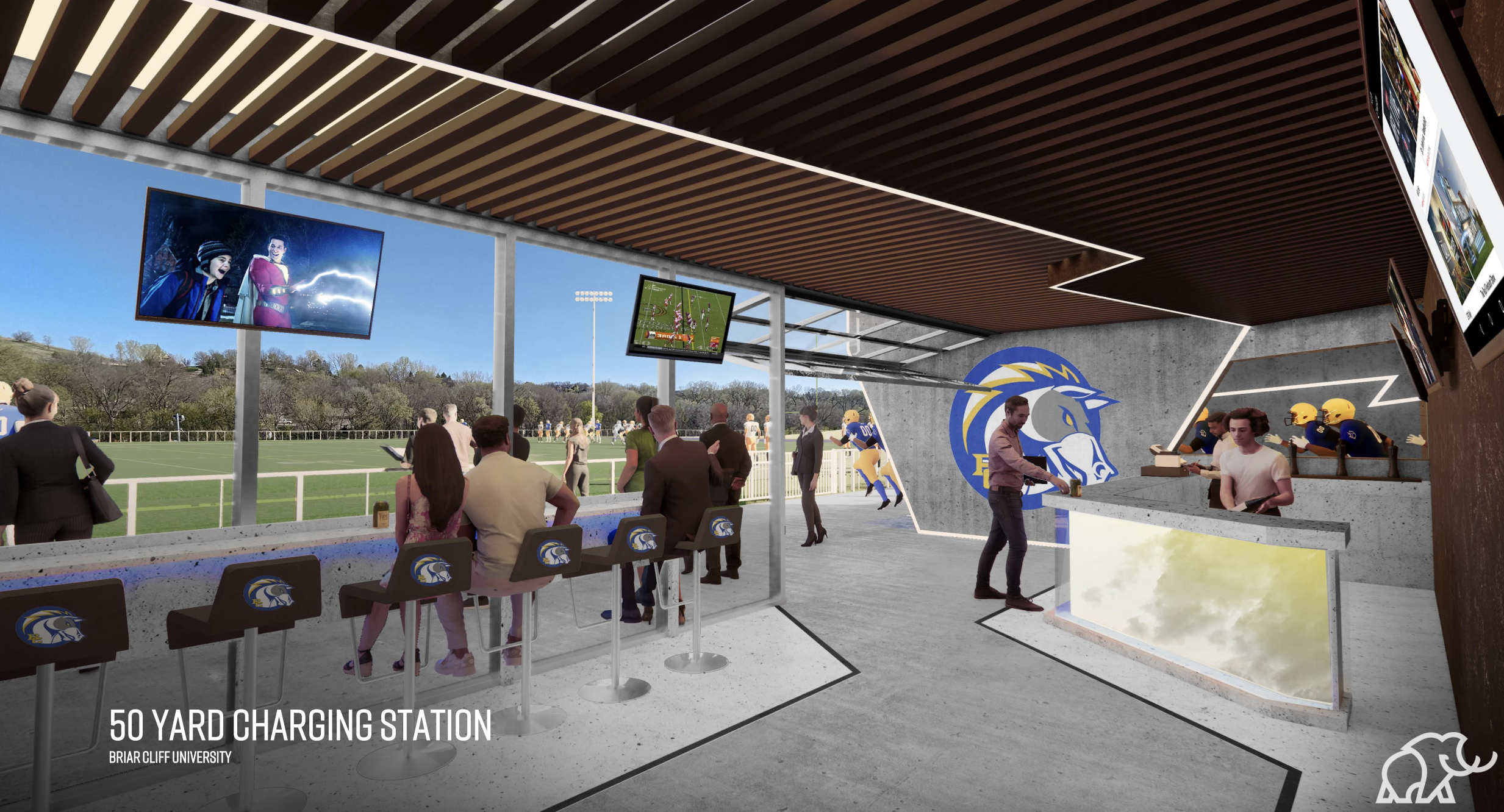 50 Yard Charging Station at Briar Cliff University.
50 Yard Charging Station at Briar Cliff University.
 Artificial turf has significant advantages for colleges and universities because of durability with high usage, reduced maintenance, and playability no matter the weather.
Artificial turf has significant advantages for colleges and universities because of durability with high usage, reduced maintenance, and playability no matter the weather.
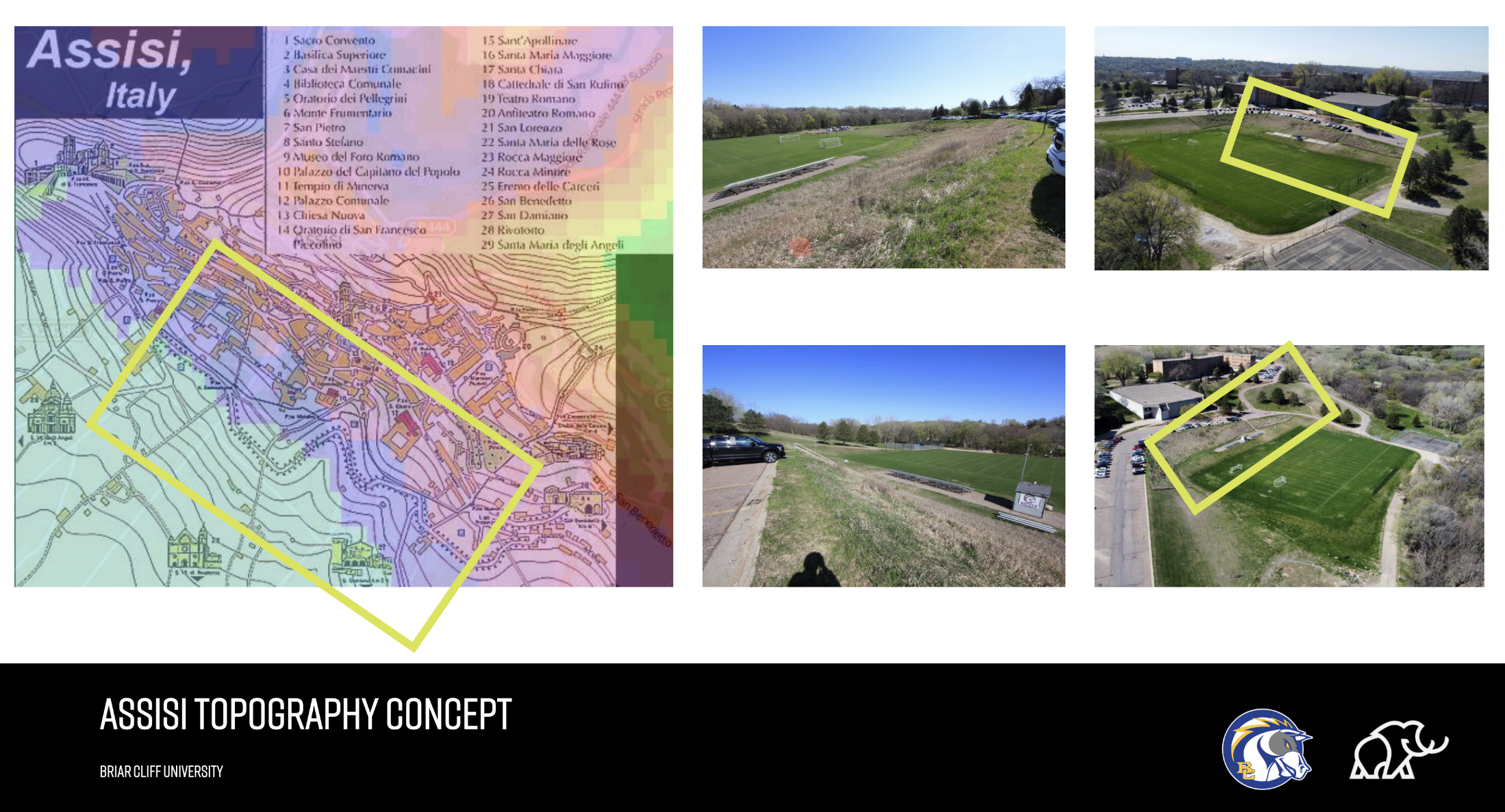 Assisi, Italy is an important part of Briar Cliff's Franciscan Catholic identity. That inspired use of the topography around the Charger's field to incorporate seating into the landscape.
Assisi, Italy is an important part of Briar Cliff's Franciscan Catholic identity. That inspired use of the topography around the Charger's field to incorporate seating into the landscape.






